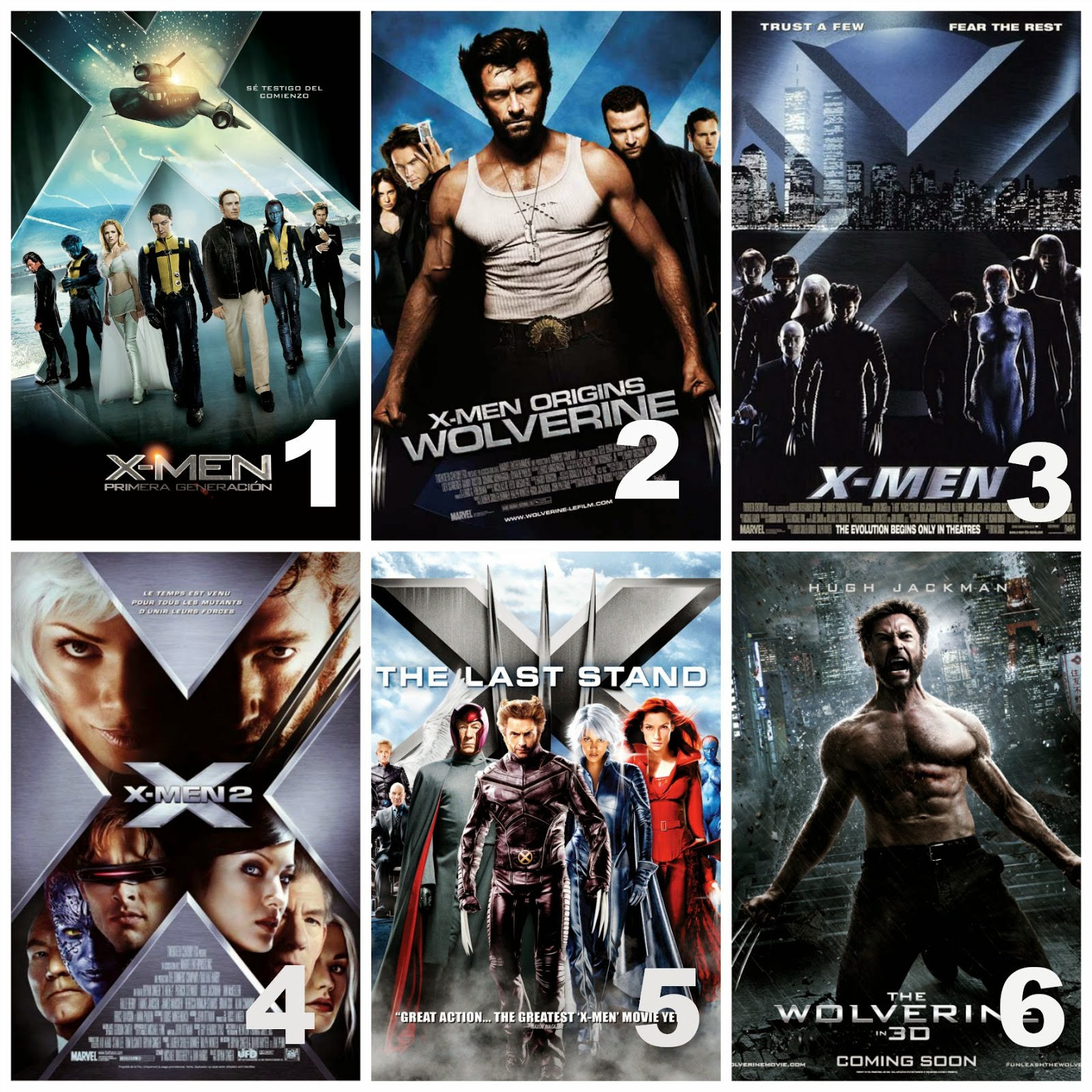X-Men Order: Understanding The Evolution Of A Superhero Franchise
The X-Men have captivated audiences for decades, evolving from comic book pages into a multi-faceted franchise that includes movies, animated series, and video games. With a rich history and an ever-expanding universe, it's essential to understand the X-Men order to appreciate their impact on popular culture. As we dive into the intricate world of mutants, we will explore the timeline of their stories, the key characters involved, and how they have influenced the superhero genre.
The X-Men franchise began in 1963, created by writer Stan Lee and artist Jack Kirby. The series introduced readers to a group of mutants who possessed extraordinary abilities, but also faced societal rejection and prejudice. This underlying theme of acceptance and diversity resonated with many, paving the way for the X-Men to become icons in the world of superheroes. As the franchise grew, so did the complexity of its characters and story arcs, making the X-Men order a crucial aspect to comprehend their legacy.
In this article, we will answer essential questions regarding the X-Men order, including how to watch the films in the right sequence, the importance of the animated series, and the key events that shaped the X-Men universe. From the early days of the comics to the blockbuster films of today, understanding the X-Men order will illuminate the rich narrative tapestry that has captivated fans for generations.
What Is the X-Men Order in Comics?
The X-Men comics have a convoluted history, with numerous series, spin-offs, and reboots. The original comic series started with "The X-Men" #1 in 1963, introducing the first generation of mutants, including Professor X, Cyclops, and Jean Grey. Over the decades, various writers and artists have contributed to the ongoing saga, leading to different storylines and character developments.
What Are the Key Series in the X-Men Comic Universe?
When exploring the X-Men order in comics, several key series stand out:
- The X-Men (1963-2011): The original series that introduced the team and its core members.
- X-Men: The New Mutants (1982-1991): A series focused on a younger generation of mutants.
- X-Men: Uncanny X-Men (1981-2011): A continuation of the original series with new story arcs.
- X-Force (1991-present): A darker take on the X-Men, focusing on a more aggressive team.
How to Read the X-Men Comics in Chronological Order?
For readers looking to dive into the X-Men comics, here’s a suggested chronological order to follow:
- The X-Men (1963-2011)
- Giant-Size X-Men #1 (1975)
- The New Mutants (1982-1991)
- Uncanny X-Men (1981-2011)
- X-Force (1991-present)
- X-Men: Legacy (2008-2012)
- X-Men: Battle of the Atom (2013)
What Is the X-Men Order in Movies?
The X-Men film franchise began in 2000 with the release of the first X-Men movie. It has since expanded into a series of sequels, prequels, and spin-offs. Understanding the X-Men order in films is essential for fans wanting to experience the story cohesively.
What Are the Main X-Men Movies and Their Release Order?
The following list outlines the main X-Men films in chronological release order:
- X-Men (2000)
- X2: X-Men United (2003)
- X-Men: The Last Stand (2006)
- X-Men Origins: Wolverine (2009)
- X-Men: First Class (2011)
- The Wolverine (2013)
- X-Men: Days of Future Past (2014)
- X-Men: Apocalypse (2016)
- X-Men: Dark Phoenix (2019)
- Logan (2017)
How to Watch the X-Men Movies in Chronological Order?
To watch the films in chronological order based on the storyline, you might consider the following sequence:
- X-Men: First Class (2011)
- X-Men: Days of Future Past (2014)
- X-Men Origins: Wolverine (2009)
- X-Men (2000)
- X2: X-Men United (2003)
- X-Men: The Last Stand (2006)
- The Wolverine (2013)
- X-Men: Apocalypse (2016)
- X-Men: Dark Phoenix (2019)
- Logan (2017)
Who Are the Most Iconic X-Men Characters?
The X-Men universe is home to a wide array of characters, each with their own unique abilities and backstories. Some of the most iconic members include:
- Wolverine: Known for his healing factor and adamantium claws.
- Storm: A powerful mutant who can control the weather.
- Jean Grey: A telepath and telekinetic, central to many story arcs.
- Professor X: The founder of the X-Men and a powerful telepath.
- Magneto: Often portrayed as the main antagonist, he can control magnetic fields.
What Is the Importance of the X-Men Order in Understanding Their Stories?
The X-Men order is crucial for fans to grasp the complexities of the characters and their relationships. The interconnected stories across comics and films create a rich narrative that delves into themes of acceptance, identity, and the struggles that come with being different. Understanding the timeline allows viewers and readers to appreciate how characters evolve, their motivations, and the significant events that shape their journeys.
How Has the X-Men Order Influenced Popular Culture?
The impact of the X-Men order extends beyond just comics and films. The franchise has inspired various media, including television shows, merchandise, and even video games. The themes of diversity and acceptance have made the X-Men a powerful symbol within popular culture, resonating with audiences worldwide. The ongoing conversations about identity and inclusion can be traced back to the messages conveyed through the X-Men stories.
Conclusion: Why Understanding the X-Men Order Matters?
In conclusion, the X-Men order is an essential aspect of appreciating the franchise's vast universe. Whether through comics or films, understanding the timeline and character relationships enriches the experience for fans and newcomers alike. As the X-Men continue to evolve and inspire new generations, their legacy of acceptance, diversity, and heroism remains as relevant as ever.
Article Recommendations


